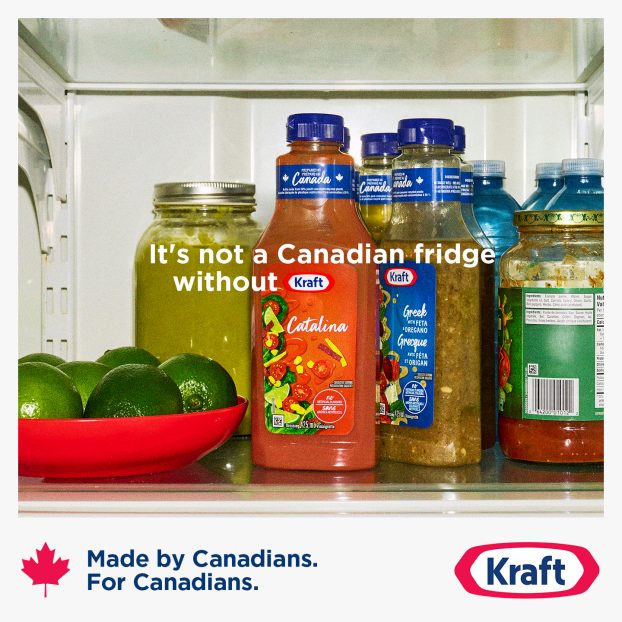p>Oh, God. Here we go again. Awards suck. Bruce Hughes, in a letter to the editor in the Aug. 8 issue, says so.
Mr. Hughes proves his point by recalling a commercial for Procter & Gamble’s Camay soap, which ‘won the top prize at Cannes,’ and then ‘proceeded rapidly to drive a stable brand’s business down over 10%.’
Ipso facto
Exhibit A, a big award. Exhibit B, a loss of business. Conclusion, awards (and award-winning commercials) are guilty.
Well, I’m not Robert Shapiro, but I think the prosecution has left some big holes in its circumstantial evidence.
You see, in this case, I was an eyewitness.
I was working for Young & Rubicam, Milan at the time, on another p&g soap (Safeguard), and I was at the festival when Camay won the Gold Lion.
(It was in Venice, not Cannes; in those days, the festival alternated between the two cities.)
I remember it vividly
And, two decades later, I remember the commercial vividly.
It was a charming spot. I doubt if it was really the best commercial made in the world that year, but I think the judges used my ‘degree of difficulty’ standard, and gave it bonus points for thrashing its way through the rules and red tape at p&g.
It took place in a rural general store, and to picture the characters, just conjure up those two folks who sold lottery tickets in Ontario for so many years.
A nice Norman Rockwell-y storeowner of advanced middle age, and a plain Jane female customer.
The storeowner had a shipment of new Camay just in, and for reasons only possible in ad-land, he decided to demonstrate its incredible new lather, right there in the store, to Miz Customer.
So, he lathered up his hands, and, sure enough, there was great lather, and he invited her to try it out as well.
And, so she stuck her hands in the sink, and got the Camay on her hands, and, as it turned out, got the storeowner on her hands, too.
Their fingers entwined, and their eyes met, and the violins started, and years of repression melted, and, I tell you, it was obvious that more than their hands were lathered up. (You could do so much when you had 60 seconds.)
It was funny, and it was attention-getting, and it was memorable. But, I asked myself then, and I ask now, where the hell did the strategy come from??!!
Camay had been positioned, forever and ever, as The Soap of Beautiful Women.
All that good stuff
It was almost a cosmetic, something close to Revlon or Cover Girl, feminine, self-realizing, all that good stuff.
And, then a commercial was produced that showed a middle-aged, physically unattractive couple getting off on each other.
Well, Your Honor, what happened in the marketplace seems pretty obvious to me.
The target audience – young and trying-to-be-young women – saw the commercial and said, ‘Hmmm. If I buy and use this new Camay, I will succeed in looking like that nice, dumpy woman, and I will attract that nice over-the-hill man. Hmmm. I don’t think I’ll buy and use new Camay.’
It works!
And, sales went down. See??!! Advertising works!!
But, it wasn’t the fault of the creative department, and it wasn’t the fault of the awards judging committee.
The prime job of the creative department, and, really, the only job of a judging committee, is to create and evaluate impact. Memorability. Cut-through-the-clutter-ness.
The Camay commercial had all that, I can assure you. After all, I can describe the spot to you, 20 years later.
Impact is what wins awards, but impact alone does not sell product.
Sometimes, the beer tastes terrible, or the main competitor knocks his price in half, or the spokesperson gets arrested, or the guys in the suits were out to lunch when the strategy was being developed.
And, yet, months or years later, when blame is to be passed around, it winds up on the shoulders of the creative people.
And, more rules get born. ‘Funny ads don’t work.’ ‘Award-winning ads don’t work.’ Etc.
Bailiff, set free the prisoners. Awards aren’t perfect, but, too often, they get hauled up for judgment on a bum rap.
John Burghardt, formerly president of a national Canadian advertising agency, now heads his own communications firm.























